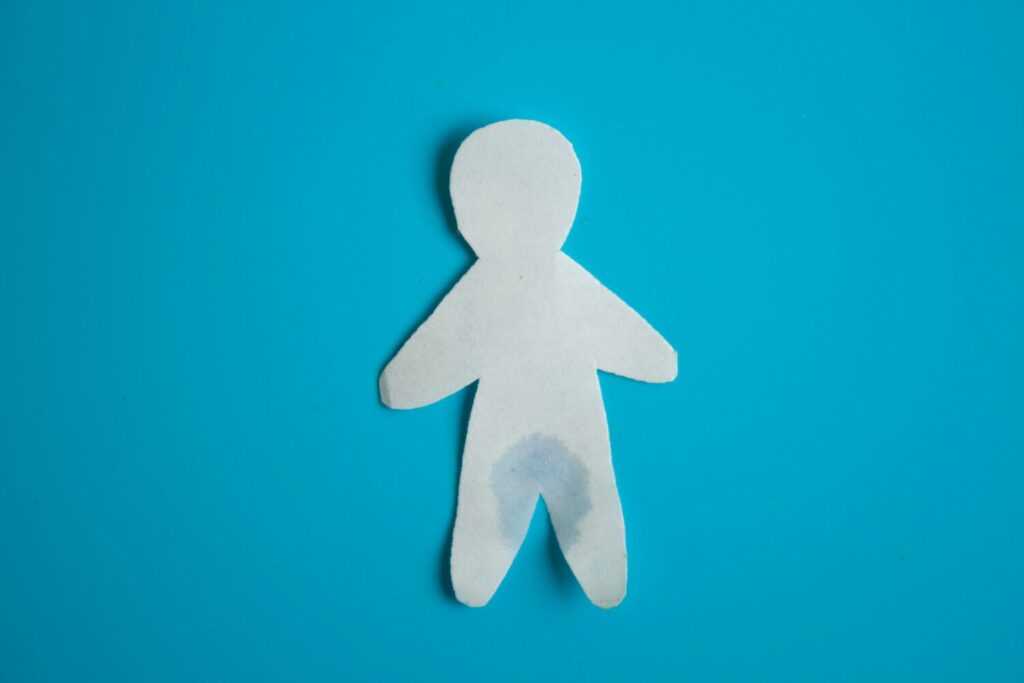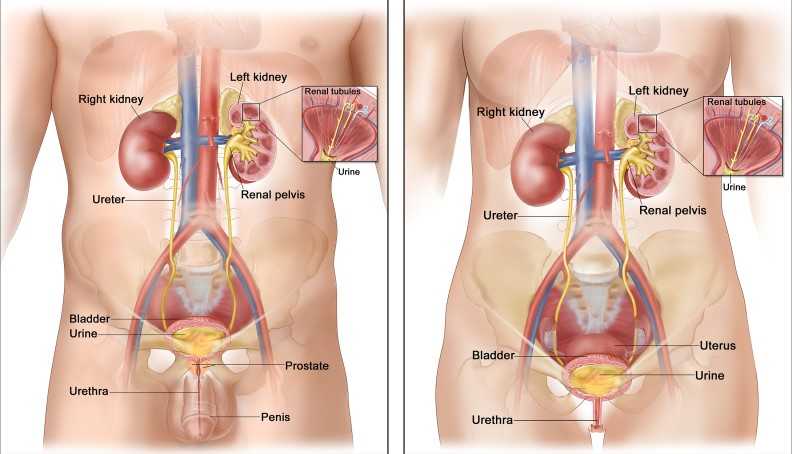Urinary incontinence is the complaint of involuntary loss (leakage) of urine. The condition occurs in both sexes, but is much more frequent in women

Incontinence in men is often a consequence of prostatic enlargement or from damage to continence mechanisms during surgery or radiotherapy for prostate cancer.
Incontinence in women, on the other hand, is typically related to dysfunction of the bladder or pelvic floor muscles, with such dysfunction often arising during pregnancy or childbirth, or at the time of menopause.
There are two main subtypes of urinary incontinence: Stress Incontinence and Urgency Incontinence. Stress Incontinence is the complaint of urine leakage in association with coughing, sneezing or physical exertion, whereas Urgency Incontinence is the complaint of urine leakage associated with a sudden compelling desire to void that is difficult to defer (there are other types also, but beyond the scope of this topic).
Our Urinary Tract includes two kidneys, two ureters, urethra and a sphincter. This entire system works together to store and expel urine from our bodies. It’s the kidneys which makes urine. Kidney is a major filtration system of our body, it cleans to blood, and removes waste and excess water (urine).

(Pic Source: https://bit.ly/3wWflYJ)
This urine then passes from kidneys, through the ureters, in to the bladder. Bladder is a balloon like organ which stores urine. When the bladder muscles squeeze/contract, urine is expelled out.
The bladder is connected with a tube called Urethra. The urethra has sphincter muscles which controls the urine passage. The sphincter muscles remain contracted, which prevents the leaking of urine, till you are ready to pass out the urine. At that time, the sphincter muscles relaxes, the bladder contracts, and the urine passes out.
During Stress Incontinence during heavy lifting, the urine leaks out due to sudden pressure on the bladder and the urethra, due to which the sphincter muscles relaxes for a short period of time, without your conscious control, and the urine leaks out.
In women, the prevalence of urinary incontinence is thought to range between 25 and 45%. The prevalence of urinary incontinence in high impact sports such as trampolining is reported to be 80% while the in non-impact activities, such as yoga and Pilates, it has been found to range between 5.56% and 25.9%.
In addition to risk factors for urinary incontinence in the general population, sport and exercise related risk factors such as load, body position and training to fatigue may result in short term pelvic floor muscle fatigue, raise intrabdominal pressure or provoke urinary incontinence in women who participate in sport. Though regular strength training doesn’t lead to urinary incontinence, as such.
The term athletic incontinence is not an officially recognised term, but a term used either generally in the literature to describe urinary incontinence by women only during training and competition. Urinary incontinence is most problematic in sports such as gymnastics, weightlifting and powerlifting where women athletes wear tight clothing and compete as an individual rather than in a team.
Acc. to a study, competitive women powerlifters experience a higher rate of urinary incontinence during lifting-related activities than in daily life. Approximately, 41% of women powerlifters had experienced urinary incontinence at some stage in life, and 37% of women powerlifters currently experienced urinary incontinence during training, competition, or maximum effort lifts.
A study, found that, participants were more likely to experience urinary incontinence during heavy lifts. Those who lifted the most weight in competition experienced the most severe urinary incontinence. The deadlift is the lift where powerlifters are likely to lift the greatest amount of weight, and correspondingly, the deadlift was the lift most likely to provoke urinary incontinence (42.5%). The squat was the second most likely competition lift to provoke continence in powerlifters.
Acc. to a study, with progress in training capacity, women powerlifters are able to lift heavier weights without leaking. An increase in urinary incontinence threshold and urinary leakage were only experienced at near or above their previous maximum lifts.

In addition to the total amount of weight lifted, some women reported that other factors such as body position during lifts provoked urinary incontinence. Body position while lifting a weight has been found to influence the amount of intra-abdominal pressure, a phenomenon thought responsible for leakage during physically exerting actions.
Intra-abdominal pressure also increases, through the tight powerlifting compression clothing used in competition, tight weightlifting belts, and Valsalva manoeuvre.
Also, body position in terms of lifting stance also makes a difference, as some women reported that sumo deadlifts, where the lifter has a wider stance compared to the conventional deadlift, were more likely to provoke urinary incontinence.
On top of that, exercises which do not place downwards pressure on the pelvic floor, generally don’t cause urinary incontinence, despite of lifting very heavy in those lifts, like bench press.
Another issue which can lead to urinary incontinence is pelvic floor muscle fatigue. In a study, participants reported that fatigue provoked urinary incontinence if they were not well rested before a training session, their sets were long and/or heavy and if individual lifts were difficult and slow. Most women experienced leakage during high repetition sets, especially at the end of heavy sets, indicating that not only the amount of weight lifted and body position but also fatigue played a part in the provocation of urinary incontinence in powerlifters. One explanation why fatigue contributes to urinary incontinence in women athletes is that women training at a competitive level may have a stronger pelvic floor than non-trained women but less pelvic floor muscle endurance.



